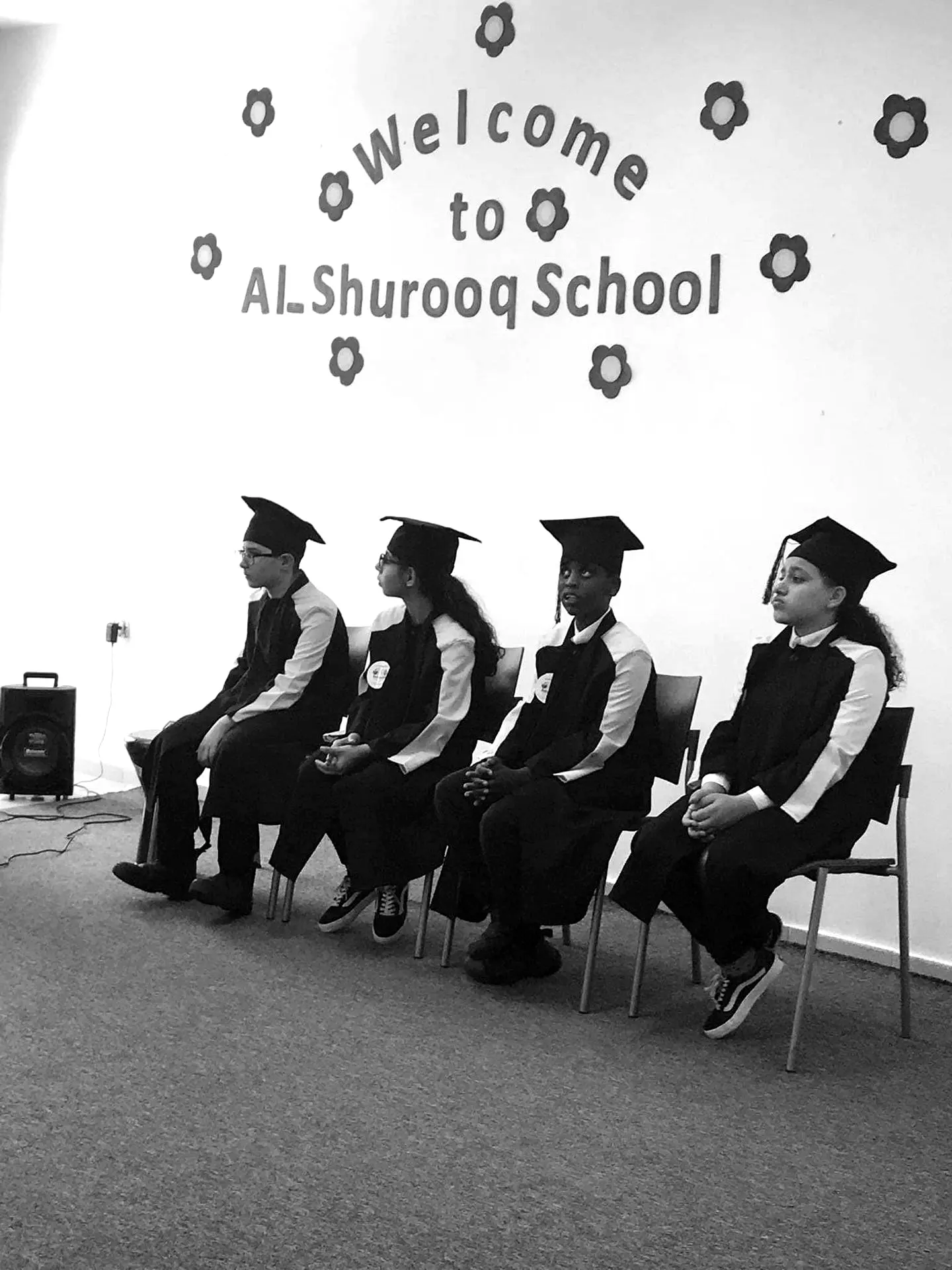The Foundation of Al Shurooq School

In 1981, the Bible Society in London formally requested NSFVH to manage the Mary Lovell Home for Blind Girls in Jerusalem. Following board approval, Helen Habib Shehadeh, Dr. Rajaei Dajani, and Mr. Nubar Arsenian were responsible and responsible for supervising the school's operations. The institution transformed from Mary Lovell Home to Al Shurooq School for girls. The student body comprised 35 female students, supported by a workforce of 10 individuals. Notably, by 1984, the student population had expanded to include 45 students encompassing both genders. Helen - a visionary advocate for the education of individuals with visual impairments- played a pivotal role in the enhancement and sustained success of Al Shurooq School during this period.
In 1989, the school's dormitory services accommodated 57 female students, which increased to 70 by 1990. In a significant move in 1995, the school moved its location from Jerusalem to Bethlehem- Beit Jala. This strategic move enabled beneficiaries from the southern part of the West Bank, who faced restrictions on entering Jerusalem, to access the school's services and programs. The vision was to educate and rehabilitate students up to the fifth grade, preparing them for integration into local mainstream schools. Initially, were 15 students enrolled when the newly constructed building, housing both NSFVH and Al Shurooq School, commenced its official operations in 2008.
Between 2010 and 2023, Al Shurooq School consistently enrolled an average of 35 to 40 students, including male and female students from the West Bank, remote regions, villages, and refugee camps.
Al-Shurooq School for Blind Children holds official recognition from the Palestinian Ministry of Education, subject to regular oversight aimed at upholding the standards and efficacy of its educational work. Throughout its existence, the National Society for the Visually Handicapped/ Al Shurooq School for Blind Children has maintained its commitment to enriching the lives and prospects of visually impaired individuals within the Palestinian community.